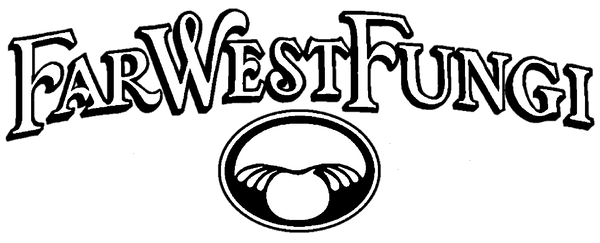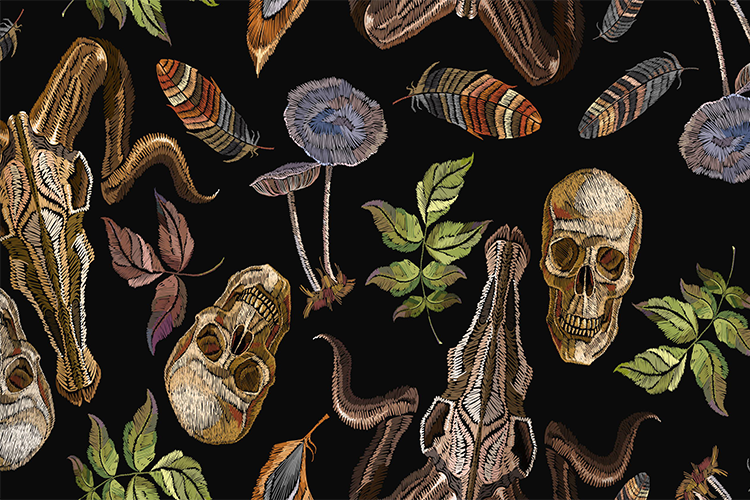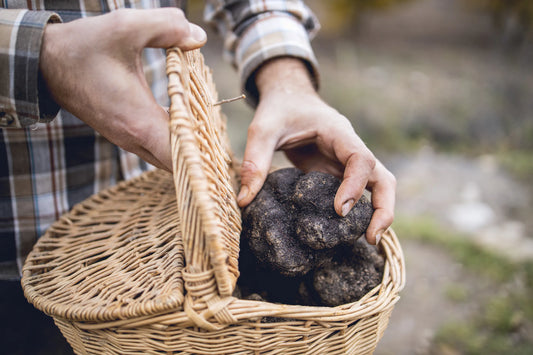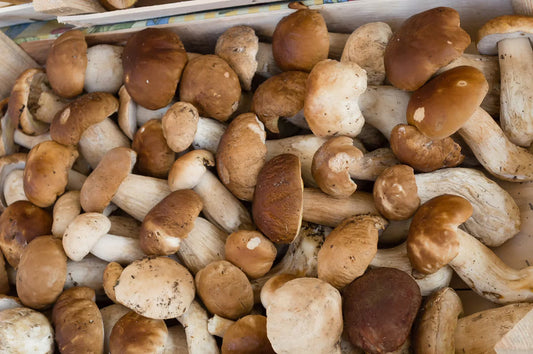Humanity’s relationship with mushrooms spans the entirety of our species’ existence. The oldest mummified body ever found, Otzi, or “The Ice Man,” had mushrooms in his pouch when he died in 3300 BC -- and they were still there when his body was discovered in 1991. Neolithic Man used mushrooms for food, medicine, and as tinder for starting the fires that made all of human evolution possible.
Mushrooms appear in Egyptian hieroglyphics, in scenes depicting them as gifts from the gods, sent to earth on lightning bolts, and their use was forbidden to all but the pharaohs. This was also the rule in ancient China, where Reishi was called “the mushroom of immortality,” and served only to the Emperor. Nordic shamans used Amanita muscaria to communicate with their gods, and Vikings consumed hallucinogenic mushrooms before battle, to work themselves into violent frenzies. Ergot, a fungus that infects grains, was a central component in early Greek fertility festivals and rites of spring. In fact, most agrarian societies throughout the Mediterranean practiced religious rites built around the consumption of Ergot for nearly two millennia. During the birth of modern medicine in Rome and Greece, Hippocrates (of the eponymous Hippocratic Oath), Seneca, and Pliny the Elder, all wrote about the medicinal power of mushrooms. More recently, in the 1970s, the life-saving antibiotic, Penicillin, was discovered in the fungus Penicillium rubens.
Terrance McKenna’s famous “Stoned Ape Theory” suggests that early man’s accidental consumption of psychoactive mushrooms led to an expansion of the mind, and catalyzed humanity’s ascension to a higher consciousness. Whether this is true or not, the fact that our species has coevolved with the kingdom of fungi is biological and undeniable. In addition to our cultural and theological relationships with fungi, our physiology is also linked.
The most beneficial compounds in mushrooms are called beta glucans. These complex chains of sugars are present in other foods as well, but the type found exclusively in mushrooms is unique in that its structure mimics the shape of molecules found on the walls of bacteria and malignant cells. This is an evolutionary trait of the mushroom -- part of its own immune function. However, this also makes it a powerful force on the human immune system. By tricking it into attacking benign shapes that it mistakenly sees as a threat, these beta glucans strengthen our immune responses to real bacteria, viruses, and cellular mutations. Throughout history, those of us who have been wise enough to eat good mushrooms and avoid the toxic ones have extended their life expectancy and resistance to disease, thereby furthering the advancement of our species.
Modern science and medicine are just beginning to catch on to what ancient societies instinctively knew about the power of fungi. The more we study it, the more ways we find for it to enrich our experience as members of the planet in the future -- as in the past it has always done.




